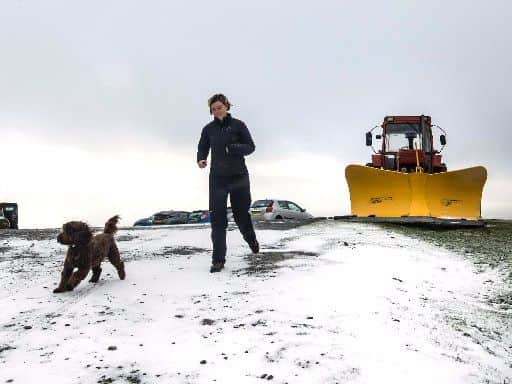Why isn't my street gritted? Leeds City Council answer your questions
Leeds City Council is responsible for gritting highways and some footpaths - but as many people notice, not all surfaces are salted. Here's why:-
How and when does the council grit?
The gritting team make a decision at midday, once they've seen the evening's weather forecast. A fleet of 30 gritting and snow plough vehicles are then sent out across the city.


Which roads are salted?
Advertisement
Hide AdAdvertisement
Hide AdLeeds has over 3,000km of roads. 1,300km of these come under the Primary Salting Network, meaning they are classed as priority and busy routes for gritting. Bus routes also take precedence, as do access roads to hospitals and police stations. These roads always receive precautionary gritting, and prolonged attention during serious cold snaps.
Which footpaths are salted?
Pavements in the city centre are always treated during icy spells. Other priority areas include out-of-town shopping precincts and streets near hospitals and large schools. Other paths will be treated as a response rather than in advance.


Why is salt used?
Salt lowers the freezing point of water to reduce ice forming, but it's not actually effective unless there is a steady stream of moving traffic - which is why it's best used on busy roads. Snow ploughs can only be deployed when there is an inch or more of snow, otherwise there is a risk they would damage the road surface.
What can't the council do?
You can never guarantee a road will be ice-free, no matter how often it's gritted.
Advertisement
Hide AdAdvertisement
Hide AdAlthough gritting runs mainly take place at night, they sometimes must be sent out during busy periods too.
Staff cannot grit all minor roads and footpaths, as this task would be logistically impossible.
935 self-help grit bins are in place across the city, but these cannot be placed on every street.